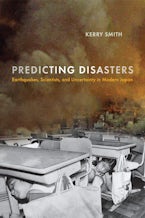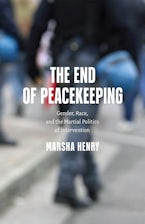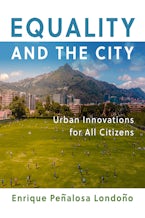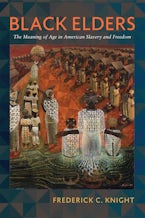Homepage
Featured Journals

Transactions of the American Philosophical Society
The Transactions is the oldest scholarly publication in the country, covering various fields of study, ranging from eighteenth-century American history…
Read More
Eighteenth Century
The Eighteenth Century: Theory and Interpretation fosters theoretical and interpretive research on all aspects of Western culture from 1660 to…
Read More
Journal of the History of Ideas
Since its inception in 1940, the Journal of the History of Ideas has served as a medium for the publication…
Read More- Reflections in Honor of Eudora Welty's Birthday Eudora Welty was born on April 13, 1909, and in honor of her birthday this weekend, the Editors and Associate… Read More
- “Have You Been to the Attic?”: Digitizing the 250 Years of APS Press Books Today's post comes from Jon Repetti, a Visiting Fellow at the APS Press (with whom Penn Press has a recently… Read More
- Five Great Baseball Books for Opening Day! Hey, baseball fans! To celebrate Opening Day, we've pulled together five of Penn Press's greatest baseball books from over the… Read More
- Frederick C. Knight at the Auburn Avenue Research Library Wednesday. April 24, 2024 | 6:00 pm In-person event Read More
- Jennifer M. Black at the Pauly Friedman Art Gallery at Misericordia University Thursday. April 25, 2024 | 5:30 pm In-person event Read More
- Laura Wolf-Powers at Morgan State University Tuesday. April 30, 2024 | 6:00 pm In-person event Read More



















